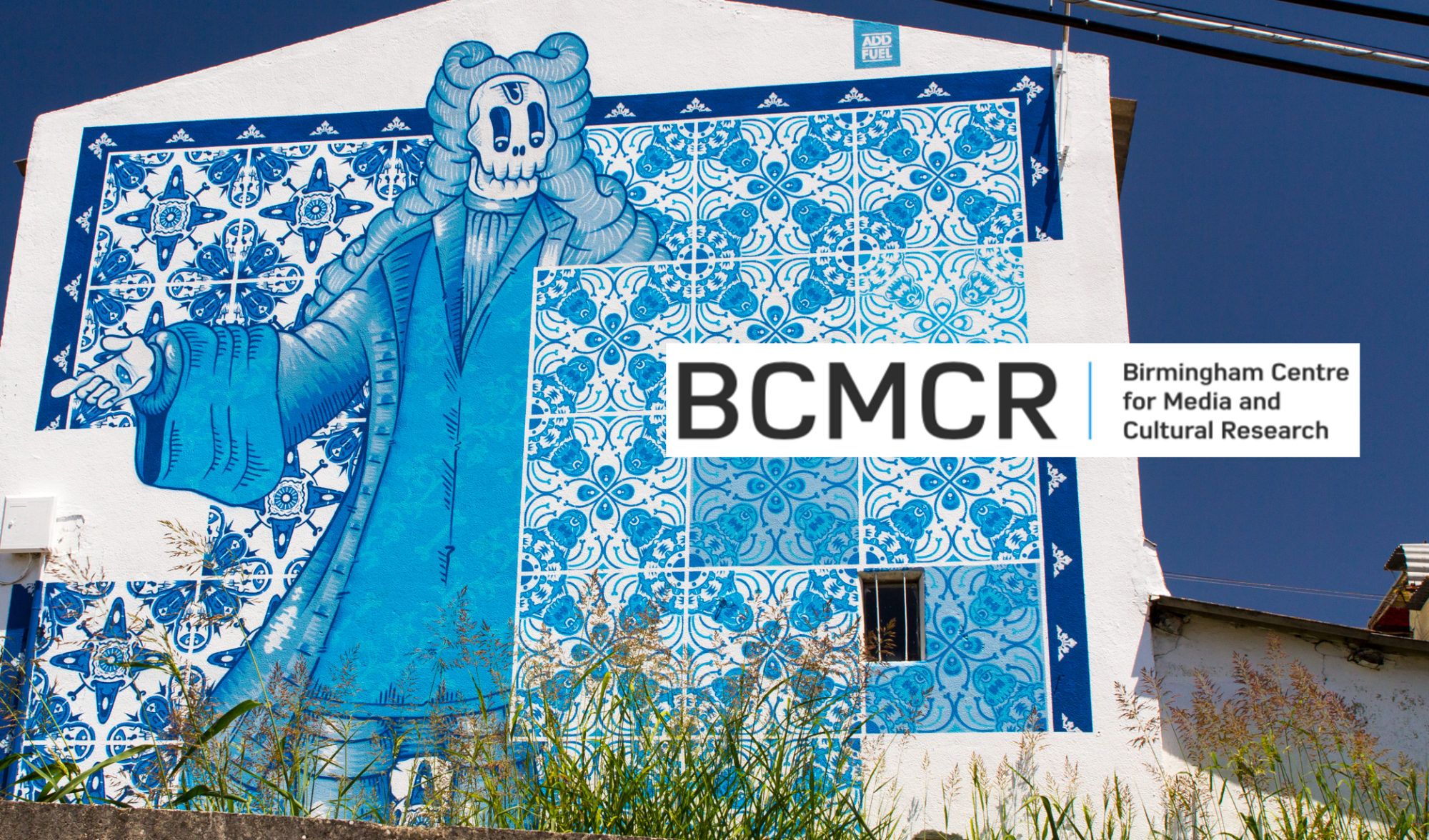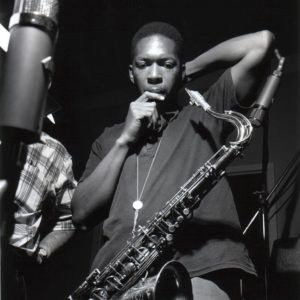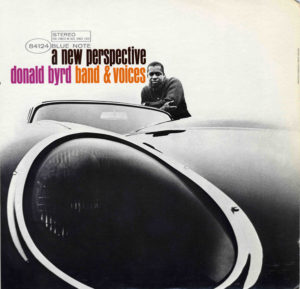British Jazz: Cross Atlantic Partnership or European Integration?
I begin with the assumption that it is legitimate to talk of European Jazz as being stylistically different from American jazz and that it is more relevant now to talk of European Jazz rather than jazz of particular countries, e.g. Norwegian jazz, Swiss jazz etc. This is not to suggest that there are not specific characteristics of jazz in certain countries, but rather that there are so many bands based in Europe with members from different countries and also, that since many musicians have moved to centres such as Berlin or Amsterdam, it is relevant to talk of European jazz and of European bands.
My argument is that British jazz players have tended to draw their influences from the USA and for various historical, linguistic and political reasons still lean towards the US model. It is only since the 1970s that certain British players have begun to take on influences from other European bands and players and see themselves as part of the European scene.
There are clear echoes in all this in the division in British society about the European Union.
In the late 1940s and 1950s British modern jazz players took their inspiration from the bop scene in New York, and many players played on the cross-Atlantic liners in order to have a day in New York listening to the pioneers of modern jazz, Charlie Parker, Dizzy Gillespie, Thelonious Monk et al. The growth of modern jazz in Britain developed from these visits and its players were invariably judged by how close they came to matching the American stars of the day. Saxophonist Tubby Hayes was probably the finest British exponent of the bop/hard bop style and he was always acclaimed as being ‘as good as the Americans’. Fans of Hayes were delighted when he eventually went to play in New York for a series of dates and received excellent reviews and the acceptance of the jazz community in the city. Similarly, alto saxophonist Peter King is regarded as a player who would be considered a leading figure in the bop style had he been based in New York.
It is sometimes argued that a distinctively British style emerged with Stan Tracey’s Under Milk Wood suite that featured saxophonist Bobby Wellins. While the compositions do have a distinctive voice different from the American style, I would argue the solos from Tracey and Wellins do still follow an American model and the overall impression is that the album is highly original but still essentially following an American model.
Saxophonist Andy Hamilton was a key member of the Birmingham and latterly the British scene, but his playing was in the tradition of the saxophone tradition of Coleman Hawkins and Ben Webster. In his later years he developed a strong musical and personal relationship with American saxophonist David Murray. I have suggested this was partly due to a mutual feeling of a cross-Atlantic culture taking in Britain, USA and the Caribbean (Dudley-Evans, 2017).



